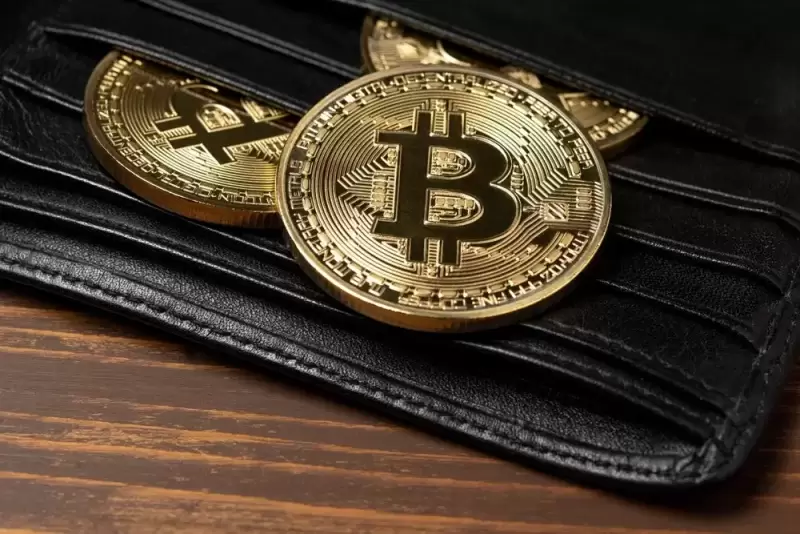 |
|
 |
|
 |
|
 |
|
 |
|
 |
|
 |
|
 |
|
 |
|
 |
|
 |
|
 |
|
 |
|
 |
|
 |
|
Cryptocurrency News Articles
Cardano (ADA) Gained 8% Between March 23 and March 25, Once Again Testing the $0.76 Resistance Level
Mar 26, 2025 at 03:42 am
Cardano (ADA) gained 8% between March 23 and March 25, once again testing the $0.76 resistance level, which has held for over two weeks.
Cardano (ADA) price rose by 8% between March 23 and March 25 as it tested the $0.76 resistance once again. This level has held for over two weeks now, although traders may be getting restless.
After March 3 saw the price hit a high of $1.18, it has since pulled back significantly. However, traders remain optimistic that the coin could continue to rise.
This optimism is being fueled by the efforts of founder and CEO Charles Hoskinson to highlight the network’s advantages and ADA’s potential to industry leaders, especially within traditional finance markets.
Earlier this year, US President Donald Trump was named as a speaker at the DC Blockchain Summit 2025, a panel moderated by Cardano founder Charles Hoskinson.
The two-day event in Washington, D.C., will also feature several other prominent speakers, including Wyoming Governor Mark Gordon, Majority Whip Tom Emmer, Senator Ted Cruz, Senator Cynthia Lummis, and Bo Hines, Executive Director of the Presidential Council of Advisers for Digital Assets.
The DC Blockchain Summit 2025 agenda. Source: dcblockchainsummit
Trump Jr. is set to speak on March 26 alongside three co-founders of World Liberty Financial, a crypto venture backed by US President Donald Trump. Launched in September 2024, the company has already conducted two public token sales, raising a total of $550 million.
More recently, on March 24, the project announced the launch of a dollar-pegged stablecoin on Ethereum and BNB Chain, although it is not yet available for trading.
A significant portion of ADA’s recent gains is likely driven by speculation about a potential collaboration with World Liberty Financial, similar to the $30 million investment from Tron founder Justin Sun or Web3Port platform’s $10 million investment. However, some analysts, including 6MV managing partner Mike Dudas, have openly criticized Trump’s crypto venture.
In a recent interview with Blockworks, Dudas described it as a “pay-to-play” scheme rather than a genuine decentralized finance (DeFi) gateway. He expressed skepticism about the project's potential for success.
The potential listing of World Liberty Financial’s USD1 stablecoin on Cardano could be a game changer for the blockchain, generating significant hype around Charles Hoskinson sharing the stage with their representatives.
Additionally, despite its relatively low total value locked (TVL) and onchain activity, the Cardano network has performed exceptionally well during testing.
Hydra, a layer-2 scalability solution on Cardano, has reportedly achieved nearly 1 million transactions per second while running a game. Some users have highlighted that no transactions have ever failed on the Cardano base layer, setting it apart from networks like Solana, which claim scalability but have faced issues.
Source: TapTools
Citing data from Dune Analytics, TapTools reported a 40% failure rate on Solana transactions in the 30 days leading into March 17. In contrast, the post claims that “every transaction is validated before hitting the chain on Cardano’s eUTXO model.”
However, user grekos99 argued on the X social network that most failed transactions on Solana are “typically transactions which are not fully executed because some conditions were not met, for example, slippage.”
This analysis sparks discussion about the varying definitions of "transaction failure." While some might consider a transaction that fails to reach its final destination or is canceled prematurely as a failure, others might define it more broadly to encompass transactions that are executed but don't achieve the desired outcome due to factors like price slippage or insufficient gas fees.
The potential listing of World Liberty Financial’s USD1 stablecoin on Cardano could be a huge moment for the blockchain. It would generate a lot of hype around Charles Hoskinson sharing the stage with their representatives at the DC Blockchain Summit 2025.
Moreover, improvements within Cardano’s DeFi ecosystem and the opportunity to capture outsized yields could benefit ADA price.
Currently, Indigo, a non-custodial synthetic asset protocol on Cardano, is offering a 28% yield on its stablecoin and 20% on Bitcoin (BTC) wrapped deposits. However, a part of the difference is paid in INDY tokens, which makes them less interesting compared to some of its competitors.
Finally, part of the bullish case for ADA will rest on the build-out of use cases that align with Cardano’s unique properties, such as its scalability and decentralization goals.
Other catalysts include potential developments in the US government’s Digital Asset stockpile and inflows into Cardano’s DeFi applications, which are currently offering higher yields than most competitors.
Disclaimer:info@kdj.com
The information provided is not trading advice. kdj.com does not assume any responsibility for any investments made based on the information provided in this article. Cryptocurrencies are highly volatile and it is highly recommended that you invest with caution after thorough research!
If you believe that the content used on this website infringes your copyright, please contact us immediately (info@kdj.com) and we will delete it promptly.



























































